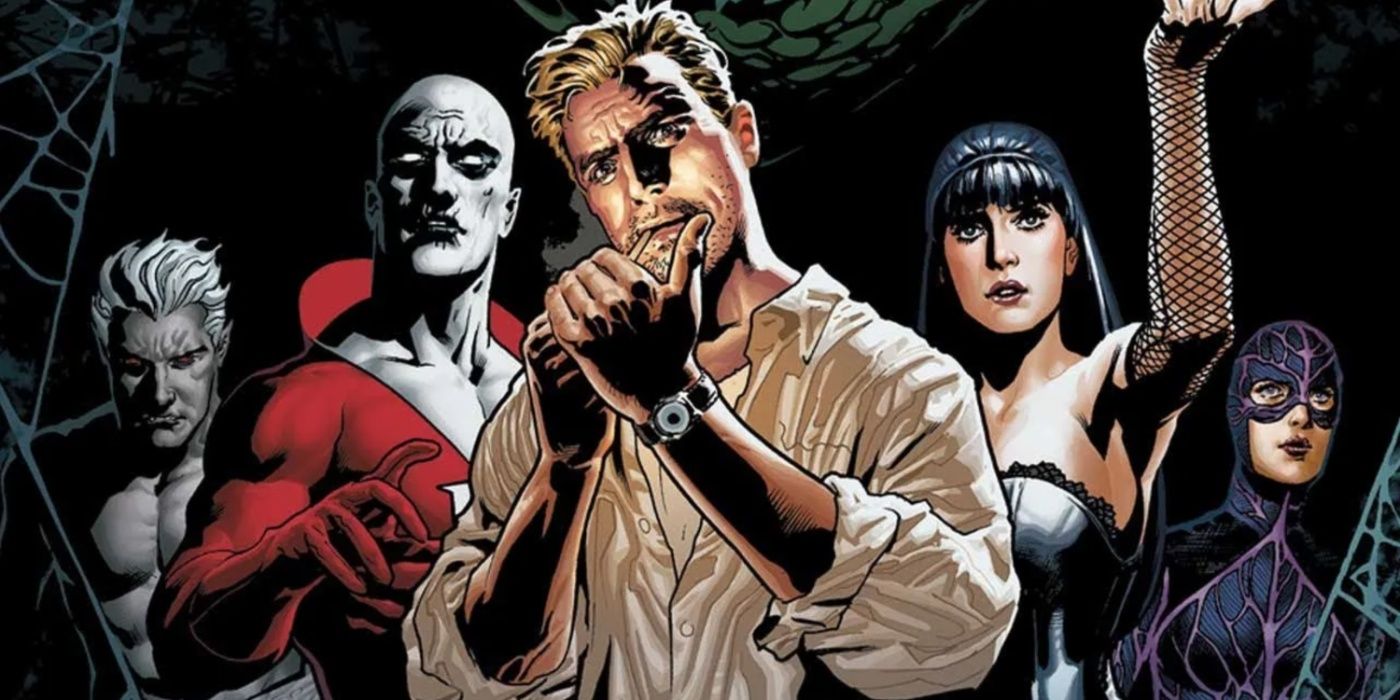

Sometimes the portrait of the deceased was represented in the center, enclosed within a shell known as imago clipeata* (Latin for “framed portrait”). In these friezes, juxtaposed in one or two strips, scenes from the Old Testament were mixed with scenes of the New Testament. The sculptures of these sarcophagi present a “landscape distribution” of the themes, but from the time of Constantine, the themes were structured in a continuous frieze. Constanza (Vatican Museums).įrom the initial stage of this Early Christian funerary sculpture we have three sarcophagi: that of Brignoles la Gayole (France), the Via Salaria sarcophagus (Letran, ca 121) and that of Santa Maria Antiqua.


Sarcophagus with the theme of the “Good Shepherd”, in which the Christian allusions are indirect: three images of the Good Shepherd (the central one on a pedestal with griffins and the tripod of Apollo) and a multitude of cupids harvesting grape vines, similar to those of the mosaics of St. These two frequent images were subsequently accompanied by scenes of Christ as a Master (a reflection of the ancient image of the classical philosopher), images of Salvation (such as the story of Jonah), and scenes inspired by the Old Testament. The iconography of the Early Christian funerary sculpture began with images of The Good Shepherd, a classic funerary theme, and The Prayer (also known as Orans, Orant or Orante). This Early Christian funerary art was born in the third century and developed parallel to the paintings of the catacombs, achieving its stylistic and technical maturity during the imperial period of the “Tetrarchs” and during the time of Constantine. Most of the Early Christian sculpture was intended to serve a funerary purpose.


 0 kommentar(er)
0 kommentar(er)
